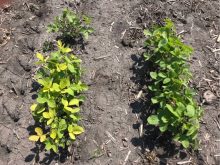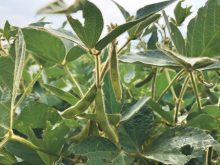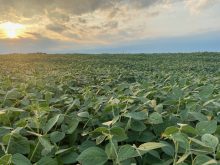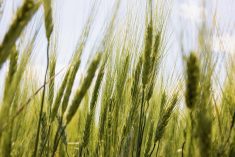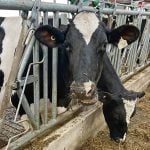Glacier FarmMedia — Canada has a small but growing soybean industry that faces some forks in the road.
Soy Canada executive director Brian Innes tells growers from across the country that they should relish the options that lie before them.
“Where do we want to go from here? The choice is ours,” he said repeatedly, almost as a mantra, as he detailed the forks during Soy Canada’s recent annual meeting in a tent on a western Manitoba farm.
Read Also
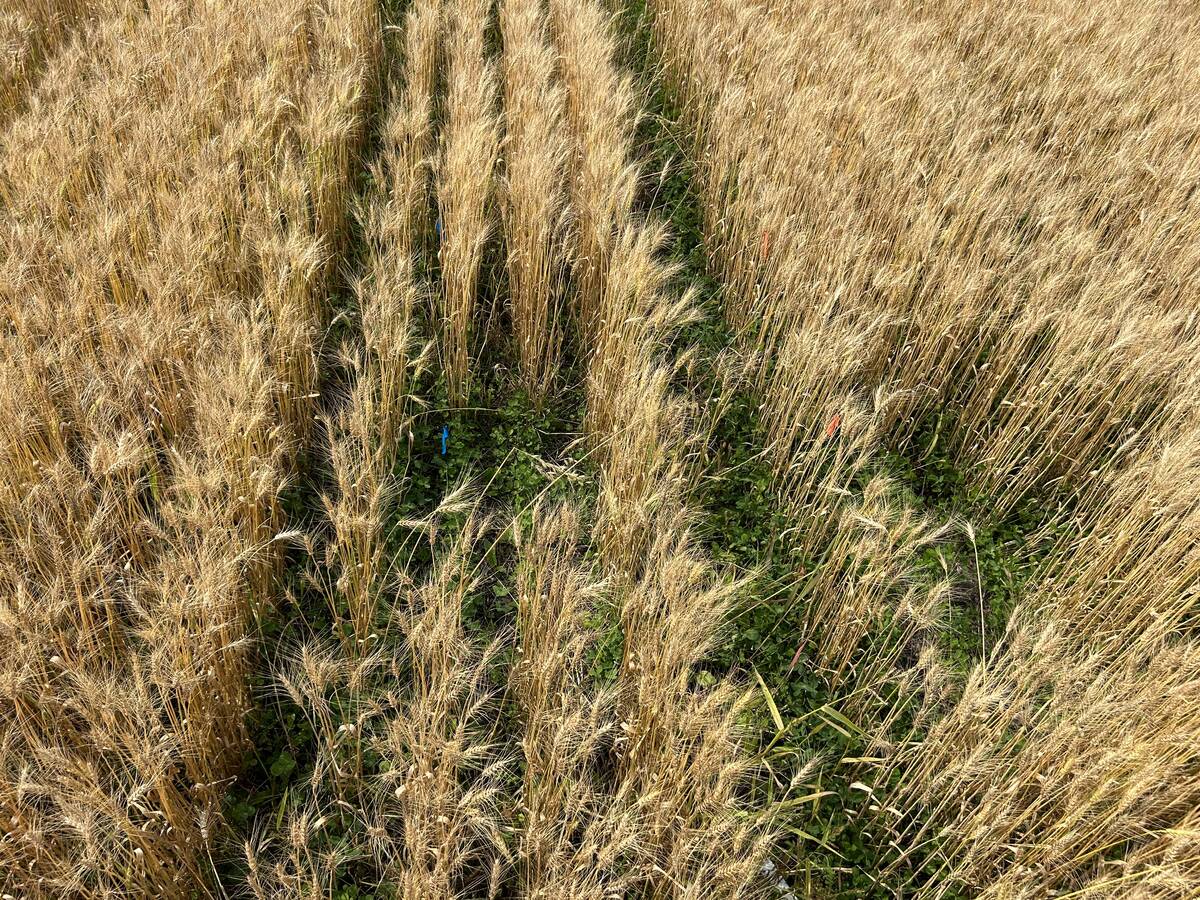
Cover crops seeded with wheat show no yield penalty in Manitoba trials
Research at Manitoba Diversification Centres shows farmers can seed legumes with spring wheat to establish cover crops without hurting yield, even in dry years.
Innes said choices include the introduction of gene-editing technology, the challenges of Canadian soy’s lower-protein beans, the opportunities in the food-grade market and the need to have both a strong voice for soy as well as work with other commodities.
Canada’s unusual soybean production breakdown — about 25 per cent is non-genetically modified and much goes to the human food market — means the industry fears the benefits of gene-editing in breeding will come to this country slower than elsewhere, but Canada has advantages that compensate.
“Canada is better able to serve our customers who want the benefits of this tech with our world-class identity-preserved system and our ability to maintain confidence across a variety of crops,” Innes says.
Canadian farmers grumble about the discounting that hits their soybean crops because of a history of low protein levels compared to other exporters’ crops, but there are a number of ways that can be addressed, he says.
The industry can better explain Canadian soy’s unique protein composition and other elements. It can also use breeding to close the gaps.
“More consistent varieties that deliver more stable and high-quality beans to our customers and farmers is possible,” Innes says.
Canadian food-grade soybean producers and marketers also have choices to make about whether to focus on boosting the performance of individual companies or expand the share of the international marketplace for food-grade soy that Canada could own.
Soy Canada is only 10 years old, formed when the industry realized it had grown to the point where it needed to be treated independently of the pulse and special crops organizations in which it had traditionally resided.
While the crop is not large compared to canola and wheat, it is important in Ontario and Quebec and has recently become Manitoba’s third-most important crop. Farmers in Saskatchewan have been keen to get into soybeans, but today’s varieties are still a bit too fragile and long-seasoned to handle high Prairie conditions well enough for acreage to explode.
If variety development keeps adding toughness and shortening days to maturity, many expect to see western acres surge.



